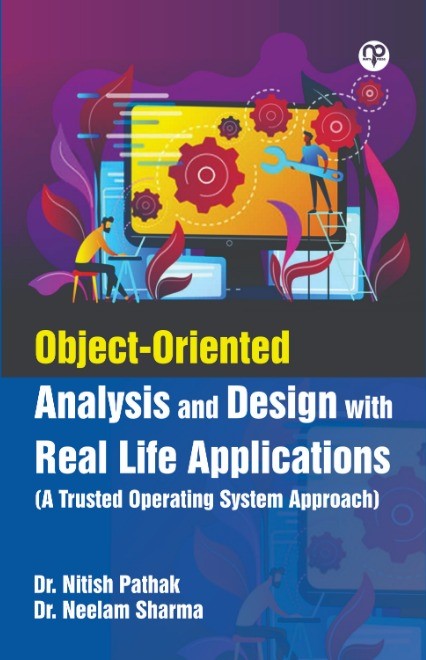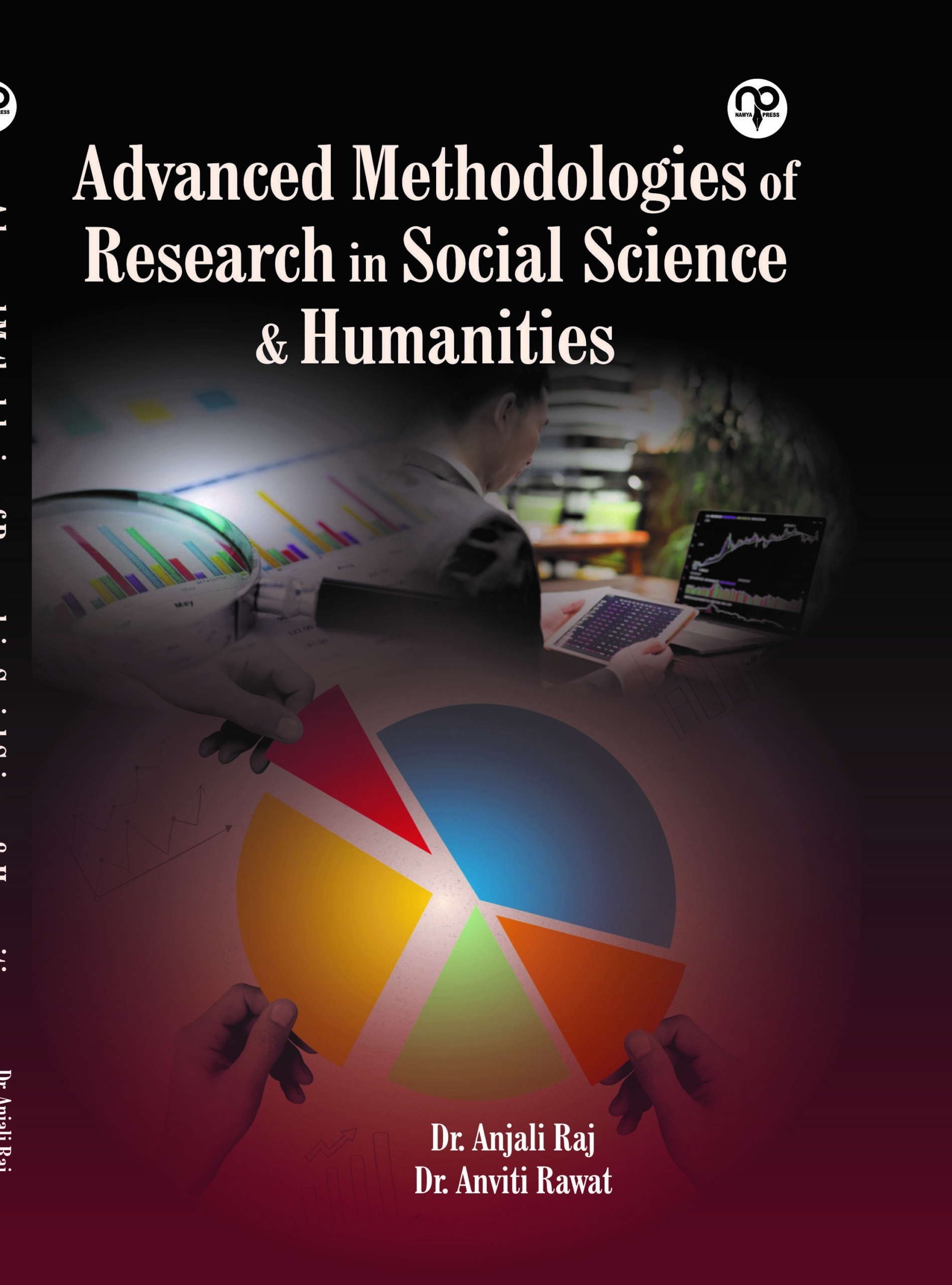Common pool resources (CRPs) such as canal irrigation, fishery, forest, tank
water etc. are safe- guards and foundation for rural livelihood especially for
the developing nations like India. This is particularly true for the developing
countries where the small-scale sector like fishery normally accounts for
employment and a significant share of the fishery output (Kurien, 1998). CPRs
face problems of overuse, because they are non-excludable and subtractable
2 | Formal and Informal Sector: Causes, Consequences and Government Measures in…
(Ostrom, 1990). Hence, overuse of a common pool resource can lead to the
tragedy of common problem (Hardin, 1968). Commons that are not owned by
anyone are called open-access resources, where user’s self-interest leads to the
destruction of the resource in the long term to the disadvantage of everyone.
According to Coase (1960), the solution to overuse (negative externality) is
to hand over property right which internalized the externality. But, the
imposition of property right not easy due to high transaction cost (Sarkar and
Ray, 2019) due to high level of conflict that is low level of trust and cooperation,
political inefficiency, asymmetric information and non- participation of
local communities. As a result, market approach and command and control
based approach failed to manage commons. Moreover, state-led commandand-control based protection of these resources has resulted in conflicts in
many countries. Power, Policy and Property owners cleverly allocate more
benefit and less cost in self-favour leaving the opposite for (their neighbor)
Poor People (Sarkar, 2021). These conflicts are escalating and if sustained to be
ignored, they can escalate and result into further degradation of CPRs, erosion
of social and human capital and pose momentous challenges to sustainable
rural livelihoods (Castro and Nielsen, 2003). Therefore, the policy and incentive
mechanism environment for CPRs management is changing dramatically
from centralized top-down conservation approaches to community-based
livelihood approaches or collaborative management which is increasingly
seen as offering pro-poor alternative to resources management (Agrawal and
Gibson, 1999).
Cooperation is essential for sustainable management of cooperativ
FORMAL AND INFORMAL SECTOR: CAUSES, CONSEQUENCES AND GOVERNMENT MEASURES IN SOCIO-ECONOMIC DEVELOPMENT
Common pool resources (CRPs) such as canal irrigation, fishery, forest, tank
water etc. are safe- guards and foundation for rural livelihood especially for
the developing nations like India. This is particularly true for the developing
countries where the small-scale sector like fishery normally accounts for
employment and a significant share of the fishery output (Kurien, 1998). CPRs
face problems of overuse, because they are non-excludable and subtractable
2 | Formal and Informal Sector: Causes, Consequences and Government Measures in…
(Ostrom, 1990). Hence, overuse of a common pool resource can lead to the
tragedy of common problem (Hardin, 1968). Commons that are not owned by
anyone are called open-access resources, where user’s self-interest leads to the
destruction of the resource in the long term to the disadvantage of everyone.
According to Coase (1960), the solution to overuse (negative externality) is
to hand over property right which internalized the externality. But, the
imposition of property right not easy due to high transaction cost (Sarkar and
Ray, 2019) due to high level of conflict that is low level of trust and cooperation,
political inefficiency, asymmetric information and non- participation of
local communities. As a result, market approach and command and control
based approach failed to manage commons. Moreover, state-led commandand-control based protection of these resources has resulted in conflicts in
many countries. Power, Policy and Property owners cleverly allocate more
benefit and less cost in self-favour leaving the opposite for (their neighbor)
Poor People (Sarkar, 2021). These conflicts are escalating and if sustained to be
ignored, they can escalate and result into further degradation of CPRs, erosion
of social and human capital and pose momentous challenges to sustainable
rural livelihoods (Castro and Nielsen, 2003). Therefore, the policy and incentive
mechanism environment for CPRs management is changing dramatically
from centralized top-down conservation approaches to community-based
livelihood approaches or collaborative management which is increasingly
seen as offering pro-poor alternative to resources management (Agrawal and
Gibson, 1999).
Cooperation is essential for sustainable management of cooperativ
| Weight | 0.200 kg |
|---|---|
| Dimensions | 22 × 15 × 2 cm |
| Author |
Dr. Chinmoy Sarkar, Dr. Ranjan Sarkar, Prof. Sandeepan Bhattacharya |
| Publisher |
Namya press |
| Series |
Hardcover |













Reviews
There are no reviews yet.
Only logged in customers who have purchased this product may leave a review.